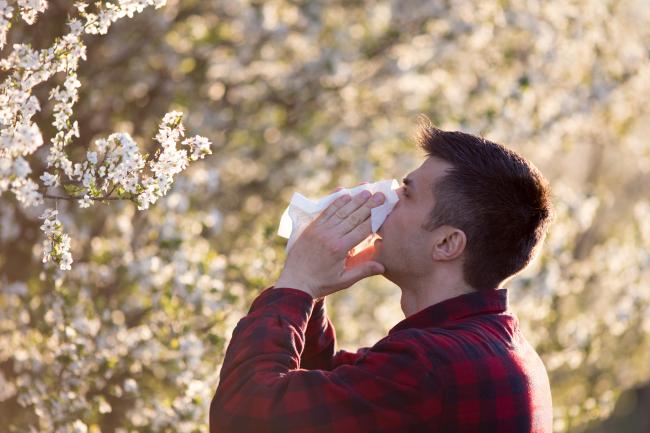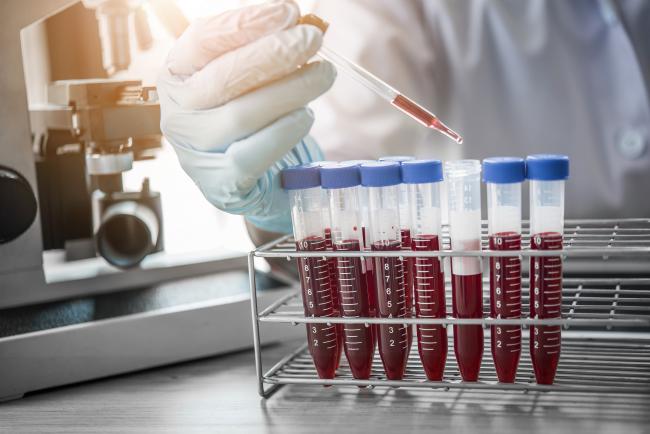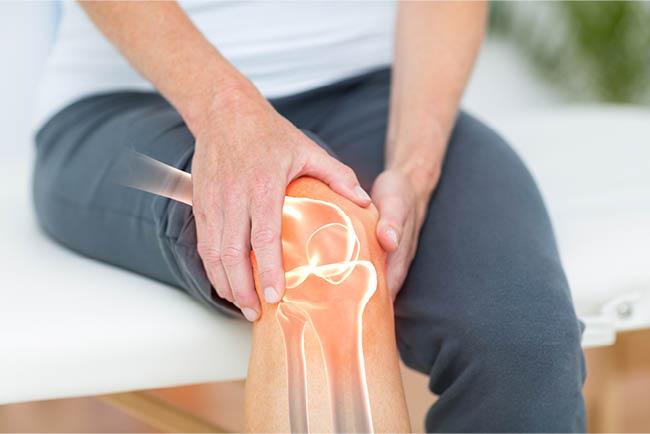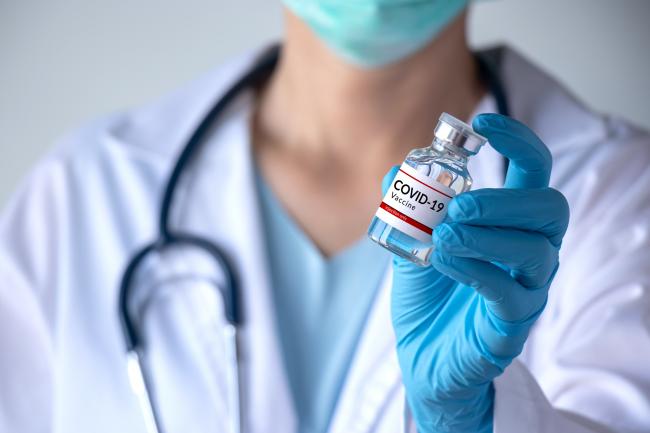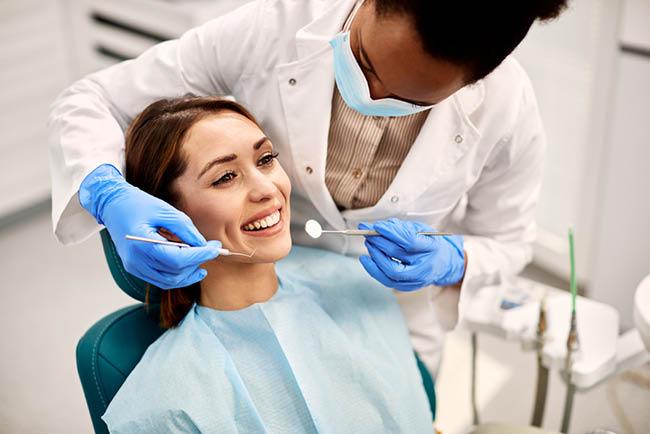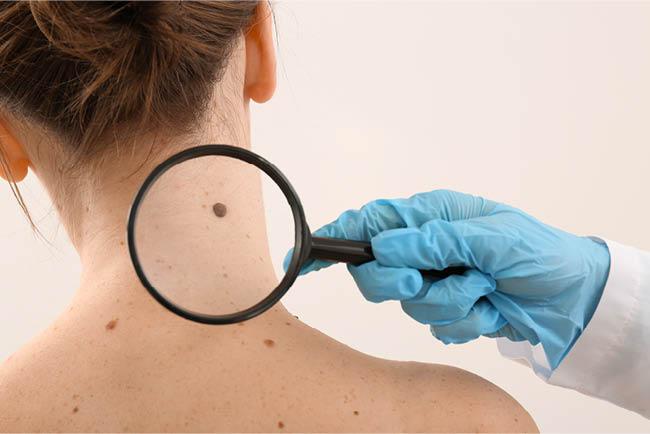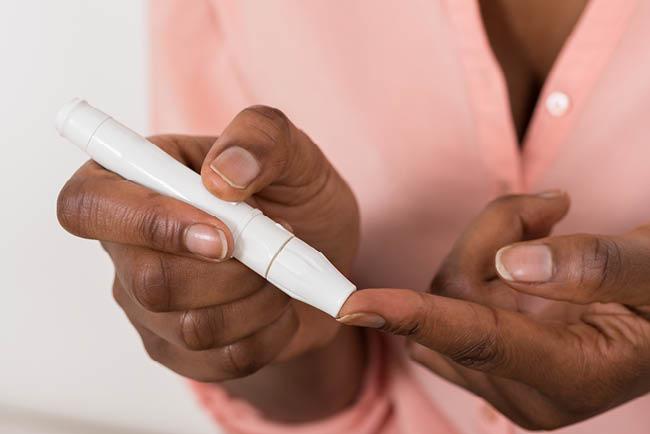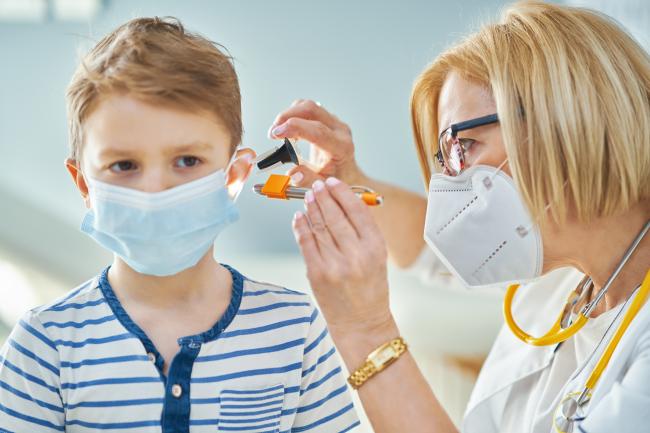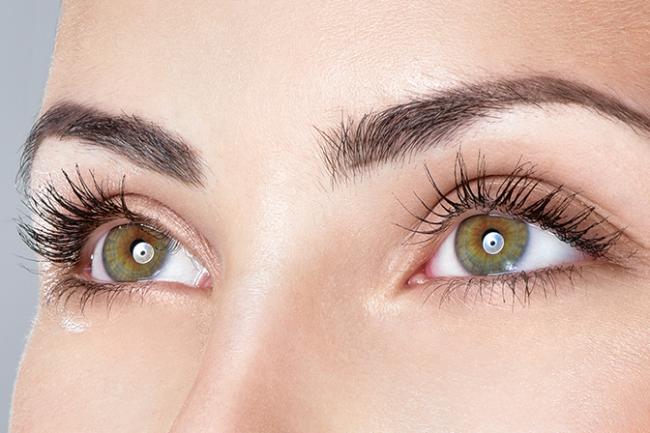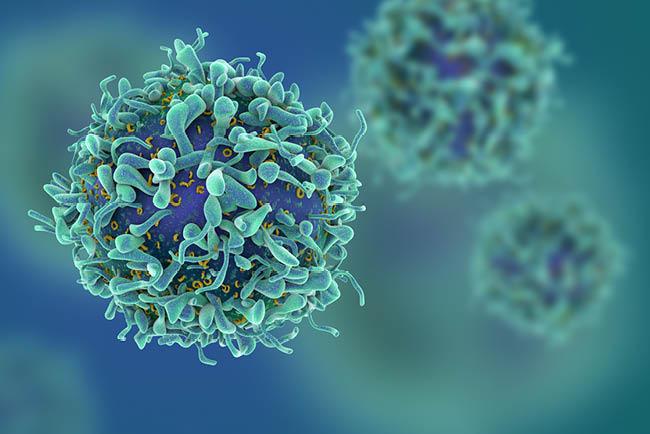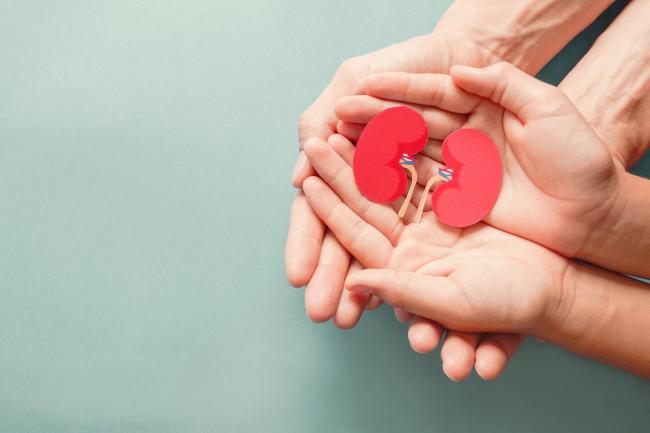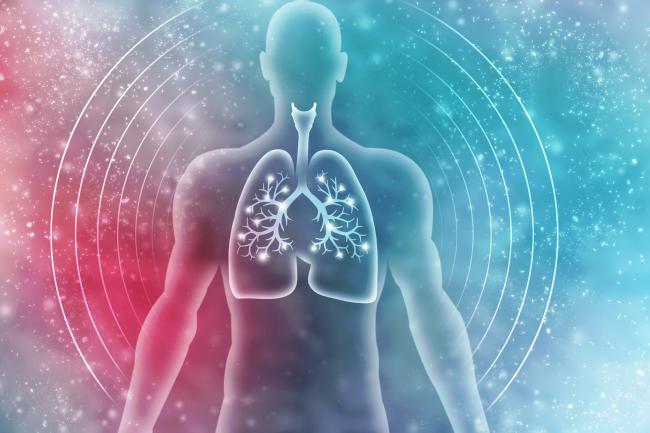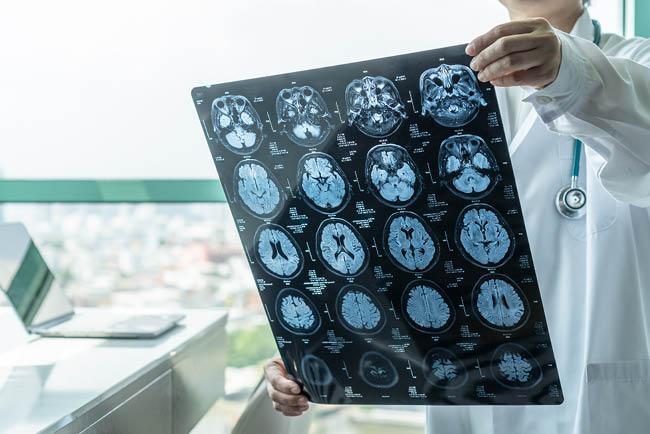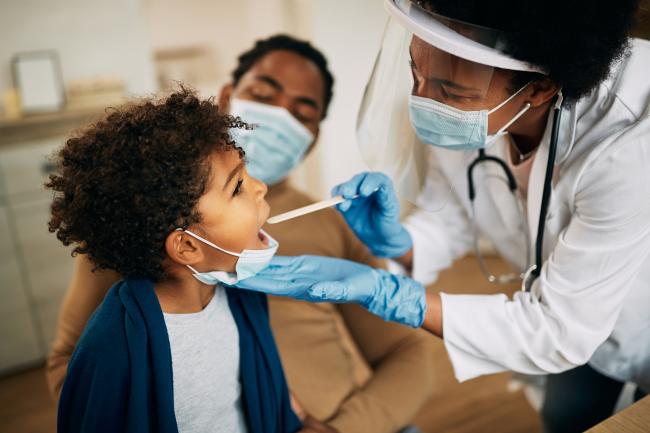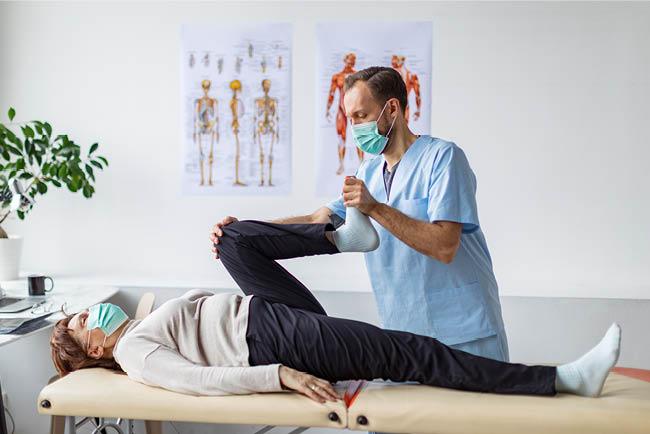Study Categories
-
Booster Seat Features that Influence Pediatric Posture and Comfort During Extended Time Periods: On-Road Assessment
Official Title
Booster Seat Features that Influence Pediatric Posture and Comfort During Extended Time Periods: On-Road AssessmentPurpose
This study will help identify how booster seats influence children’s comfort during car rides and their behaviors. Car seat footrests will also be used to see how children engage with them. Data will be collected during car rides in the caregiver’s personal vehicle.
Could this study be right for you?
Child is currently riding in a booster seat during travel in the car
Age Range
5 - 12 years -
Characterizing Occupational Therapy Intervention for Children with Autism Spectrum Disorders
Official Title
Characterizing Occupational Therapy Intervention for Children with Autism Spectrum DisordersPurpose
We are conducting a comprehensive study at The Ohio State University, aiming to enhance our understanding of effective occupational therapy strategies for children with Autism Spectrum Disorder (ASD). Your participation could make a significant impact on the lives of children and families affected by ASD.
Could this study be right for you?
- Parents and Children Dyads: Children diagnosed with ASD, aged 6-13, receiving outpatient OT services. Parent-child dyads willing to participate.
- Occupational Therapists (OT): OT practitioners with at least 3 years of experience in treating children with ASD.
Age Range
6 - 13 years -
Project Limb Rescue: A pilot study evaluating the feasibility of transcutaneous sensors for the detection of cancer-related lymphedema.
Official Title
Project Limb Rescue: A pilot study evaluating the feasibility of transcutaneous sensors for the detection of cancer-related lymphedemaPurpose
The goal of this study is to use new, adhesive-based sensors (pads that stick on your skin) to detect lymphedema, and to develop a way for patients to check for lymphedema at home.
This study will assist in distinguishing participants with lymphedema in comparison to participants without lymphedema at rest by using a combination of photoplethysmography (PPG) and bioimpedance (BI). Photoplethysmography is an optical technique that can be used to detect blood volume changes in tissue. Bioimpedance evaluates how tissue responds to an externally applied electrical current.
Could this study be right for you?
- History of cancer related lymphedema, cancer in your arm, or the lymph nodes in the arm
- History of cancer therapy with surgery or radiation involving the axillary basin and upper arm that requires compression or pneumatic therapy
- Physically capable of performing a brief bike riding exercise for about seven minutes
- No metal implants
- Willingness to take off shoes and any metal jewelry
- Not currently pregnant
- Not currently incarcerated
Age Range
18 - 90 years -
Booster Seat Study
Official Title
Shoulder Anthropometry and Reclined Postures of Children on Booster SeatsPurpose
We are seeking child volunteers to sit on booster seats on a mock-up vehicle seat. Measurements will be made of the position of seatbelts, booster seats, and child’s shoulders and hips. We aim to understand how booster seats and vehicle seat settings influence good vs. poor seat belt fit.
Could this study be right for you?
- Children between 4–12 years old in good health
- Willing to attend one 3-hour appointment (per child)
Age Range
4 - 12 years -
Project Limb Rescue
Official Title
Project Limb Rescue: A pilot study evaluating the feasibility of transcutaneous sensors for the detection of cancer-related lymphedema.Purpose
The goal of the study is to test the success of using two types of sensors at rest after a bike exercise on volunteers with and without lymphedema, to look for differences in their readings. This part of the study will be testing persons who do not have lymphedema.
Could this study be right for you?
- No history of cancer related to lymphedema, cancer in your arm, or the lymph nodes in the arm
- Able to complete a brief biking exercise for about seven minutes
- No metal implants
- Willingness to take off shoes and any metal jewelry
- Not currently pregnant
- Not currently incarcerated
- Your participation will involve completing an online or over the phone screening.
- This visit will take approximately 2.5 hours.
Age Range
18 - 90 years -
Decay of HIV-1 Reservoirs in Participants on Long-Term ART
Official Title
Decay of HIV-1 Reservoirs in Participants on Long-Term Antiretroviral Therapy: The ACTG HIV Reservoirs Cohort (AHRC) StudyPurpose
The purpose of this study is to examine longitudinal changes in HIV-1 reservoirs among participants with HIV-1 who are either currently receiving antiretroviral therapy (ART) or who received ART previously. Participants will undergo blood and hair sample collections for immunologic, virologic, and pharmacologic evaluations to study HIV-1 reservoirs in the body.
Could this study be right for you?
This study is currently only enrolling in Group 6 which includes participants who acquired HIV while taking long-acting cabotegravir (CAB).
Age Range
18 years and up -
Combination HIV-Specific bnAbs Combined with ART Initiation during Acute HIV Infection
Official Title
A Double-Blind, Randomized, Placebo-Controlled Clinical Trial of Combination HIV-Specific Broadly Neutralizing Monoclonal Antibodies Combined with ART Initiation during Acute HIV Infection to Induce HIV RemissionPurpose
The purpose of this study is to evaluate the safety and efficacy of combination bNAbs in addition to ART initiated during acute HIV infection and to evaluate the impact on HIV viral reservoirs.
Could this study be right for you?
- Newly diagnosed HIV+ individuals who have not yet started antiretroviral therapy (ART)
- Willingness to start ART at enrollment
- Ability and willingness to participate in scheduled study visits and analytic treatment interruption (ATI)
- Weight <115kg
Age Range
18 - 70 years -
Study of Tecovirimat for Human Monkeypox Virus
Official Title
A Randomized, Placebo-Controlled, Double-Blinded Trial of the Safety and Efficacy of Tecovirimat for the Treatment of Human Mpox DiseasePurpose
This study will evaluate the safety and efficacy of tecovirimat for the treatment of human monkeypox virus (HMPXV) disease.
Could this study be right for you?
- Lab-confirmed OR suspected HMPXV infection
- At least one active skin lesion, mouth lesion, or proctitis with or without visible ulcers
- HMPXV illness of <14 days duration prior to study entry
Age Range
18 years and up -
Native-like Envelope Trimer Immunization (NETI) in HIV-1 Infected Adults
Official Title
Safety, Tolerability and Immunogenicity of Recombinant HIV Envelope Protein VRC-HIVRGP096-00-VP (Trimer 4571) vaccine, in HIV-1 Infected Adults on suppressive ARTPurpose
The goal of this research study is to see if an investigational vaccine called Trimer 4571 is safe and well tolerated. Additionally, researchers will see if it will help the immune system produce broadly neutralizing antibodies (bNAbs) against HIV. bNAbs are a type of antibody that can recognize and block many types of HIV from entering healthy cells. Trimer 4571 is a vaccine designed to stimulate the development of bnAbs against HIV.
Could this study be right for you?
- On ART for at least 24 months
- HIV RNA <50 for at least 24 months
- CD4 count ≥200
- Known to have started ART during acute HIV infection
- BMI <40kg/m2
Age Range
18 years and up -
A Study about Triple Immune Strategy for HIV Remission
Official Title
A Phase I/IIa Randomized, Placebo-Controlled Trial of Conserved-Mosaic T-cell Vaccine in a Regimen with Vesatolimod and Broadly Neutralizing Antibodies in Adults Initiated on Suppressive Antiretroviral Therapy during Acute HIV-1Purpose
This study will evaluate the safety and efficacy of these treatments in individuals with HIV-1 who started suppressive antiretroviral therapy (ART) during acute HIV-1 infection. The study consists of four steps including an analytical treatment interruption (ATI).
Could this study be right for you?
- Individuals with HIV who started treatment during acute HIV infection
- No known ART interruption >14 consecutive days since ART initiation
- Willingness to participate in analytic treatment interruption
- CD4 count ≥500 within 60 days to study entry
- HIV RNA <50 since initial viral suppression on ART and for at least 1 year prior to study entry
Age Range
18 years and up -
N-803 with or without bNAbs for HIV-1 Control in Participants Living with HIV-1 on Suppressive ART
Official Title
A Phase I Clinical Trial of the Safety, Tolerability, and Efficacy of IL-15 Superagonist (N-803) With and Without Combination Broadly Neutralizing Antibodies to Induce HIV-1 Control During Analytic Treatment InterruptionPurpose
This study will evaluate the safety, tolerability, and efficacy of N-803 with or without bNAbs, to induce HIV-1 control during an analytic treatment interruption (ATI).
Could this study be right for you?
- HIV RNA <50 for at least 96 weeks
- On a stable ART regimen for at least 96 weeks
- CD4 count above 500
- No known history of CD4 count below 200
- Willingness to participate in analytic treatment interruption (ATI)
Age Range
18 - 70 years -
SOAR (State of Ohio Adversity and Resilience) Brain Health Study
Official Title
State of Ohio Adversity and Resilience Study (SOAR)- Deep PhenotypingPurpose
The purpose of this study is to develop effective mental health and preventing suicide and substance use disorder, we must better understand risks, which lead to mental illness, and resilience, which allows us to grow even in presence of adversity. This study is looking at how people live and how they deal with distress, depression or drugs and alcohol in Ohio. Family members living in Ohio are asked to participate.
Could this study be right for you?
Eligibility:
Inclusion criteria:
- Adults, age 18-72, and adolescents, age 12-17.
Exclusion criteria:
- Inability to functionally communicate in English.
- Unwilling/unable to sign informed consent or assent document or obtain parental authorization from a parent or legal guardian (subjects <18 years old).
- Inability to understand/follow instructions for study procedures.
- Participants without at least 1 other family member who is willing to participate
- The definition of family member is subjective to the participant and may not be a blood relative.
Age Range
12 - 72 years

